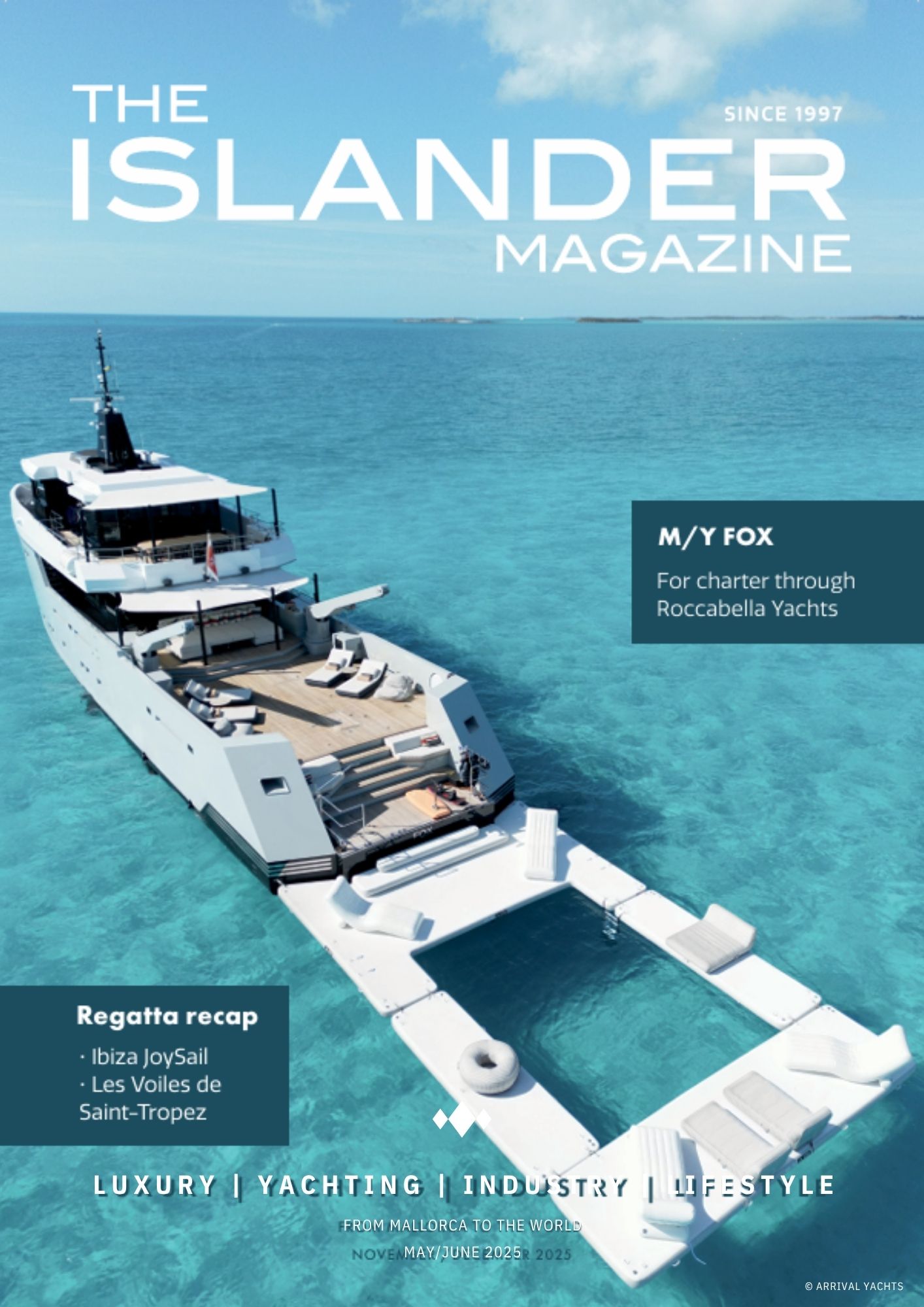
There is a common perception that the ocean is a big place and that collisions rarely happen. Although there may be some truth in this, there are exceptions to the rule, resulting in the occurrence of incidents that could have been avoided had the IRPCS been applied correctly. Incidents that can cost millions of dollars, cause fatalities and have a huge impact on the environment.
When teaching maritime students, I often say “You can’t have a collision at sea and not be at fault”. I justify this based on, but not limited to, the following:
IRPCS:
Rule 1 – Application
(a) These Rules shall apply to all vessels upon the high seas and in all waters connected therewith navigable by seagoing vessels.
Rule 2 – Responsibility
(a) Nothing in these Rules shall exonerate any vessel, or the owner, master or crew thereof, from the consequences of any neglect to comply with these Rules.
Rule 3 – General Definitions
(a) The word “vessel” includes every description of watercraft, including non-displacement craft, WIG craft and seaplanes, used or capable of being used as a means of transportation on water.
PART B – Section I
Conduct of Vessels in any Condition of Visibility
Rule 4 – Application
Rules in this Section apply in any condition of visibility
Rule 5 – Look-out
Every vessel shall at all times maintain a proper look-out by sight and hearing as well as by all available means appropriate in the prevailing circumstances and conditions, so as to make a full appraisal of the situation and of the risk of collision.
Rule 6 – Safe Speed
Every vessel shall at all times proceed at a safe speed so that she can take proper and effective action to avoid collision, and be stopped within a distance appropriate to the prevailing circumstances and conditions.
Rule 7 – Risk of Collision
(a) Every vessel shall use all available means appropriate to the prevailing circumstances and conditions to determine if risk of collision exists. If there is any doubt such risk shall be deemed to exist.
Rule 8 – Action to Avoid Collision
(a) Any action taken to avoid collision shall be taken in accordance with the Rules of this Part and shall, if the circumstances of the case admit, be positive, made in ample time and with due regard to the observance of good seamanship.
Rule 16 – Action by Give-way Vessel
Every vessel which is directed to keep out of the way of another vessel shall, so far as possible, take early and substantial action to keep well clear.
Rule 17 – Action by Stand-on Vessel
(a) (i) Where one of two vessels is to keep out of the way, the other shall keep her course and speed.
(ii) The latter vessel may however take action to avoid collision by her manoeuvre alone, as soon as it becomes apparent to her that the vessel required to keep out of the way is not taking appropriate action in compliance with these Rules.
(b) When, from any cause, the vessel required to keep her course and speed finds herself so close that collision cannot be avoided by the action of the give-way vessel alone, she shall take such action as will best aid to avoid collision.
My summary of the above:
It is my view that if the rules are understood and observed, it is impossible to have a collision with another vessel, and not be responsible for at least some of the blame. In simple terms the following statements will not exonerate a master from their responsibility:
“I just didn’t see them”
“I couldn’t slow down in time”
“I had right of way”
Some of the most important things I aim to impart to my students, is the need for an effective look-out, choosing an appropriate speed, identifying whether a risk of collision exists and, if it does, taking appropriate, early action in a bold manner, so as to make ones intentions clear. Being decisive, is also very important, so as to avoid the situation where you are walking down the street, only to bump into someone after the dance of ‘should I go left, or should I go right’.
While preparing to write this article, I have watched a number of AIS animations where ships have collided and I’ve read several accident reports.
As an example of an event that recurs regularly, rather than using a specific incident, I’ve created a hypothetical situation, as there are often multiple factors involved in such events and it can take many years to investigate an accident before the report becomes available.
Let’s use Palma Bay as our location, with a cruise ship (CS) heading out of Palma, on a southerly course , and a large motor yacht (MY) on a reciprocal or near reciprocal course, northbound for Palma. The conditions are fair, and in daylight with good visibility.
In this situation, let’s assume a risk of collision exists, and therefore the rules state that both vessels must give way by turning to starboard, and pass port to port, or red to red.
For one reason or another the MY turns to port. At the same time, the CS turns to starboard. The vessels are now at risk of colliding at an angle of around 90 degrees to each other.
It’s possible that if the MY were to reduce speed and stop and the CS continuedturning to starboard, that the collision could be avoided. However, at this point, when noticing the actions of the MY, the CS then turns to port. This action brings the two vessels head-on, resulting in a collision.
It is of course very easy for me to sit at my chart table and review incidents. However, it would appear that, had both vessels applied proper seamanship and followed the rules as written above, this incident, like many similar ones, could have been avoided.
Stay safe and happy sailing.
Nathan Skinner
Nathan@WhyKnotSailing
Facebook.com/NathanSailing














0 Comments